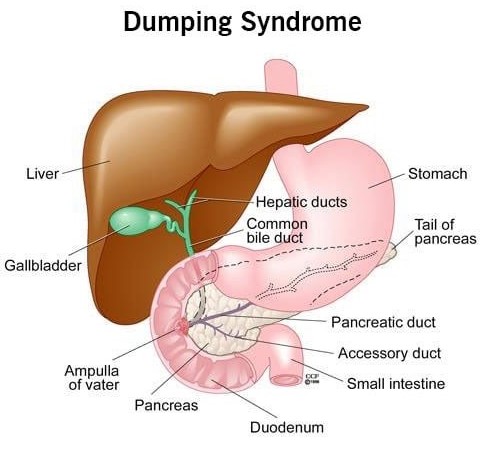The healthcare provider prescribed octreotide 150 mcg/day subcutaneously for a client with dumping syndrome. The medication is available in 0.2 mg/mL vials. How many mL should the practical nurse (PN) administer? (Enter numerical value only. If rounding is required, round to the nearest hundredth).
The Correct Answer is ["0.75"]
To calculate the amount of mL to administer, the PN should use the following formula:
mL = (mcg x 1 mg/1000 mcg) / (mg/mL)
Plugging in the given values, we get:
mL = (150 x 1/1000) / (0.2)
mL = 0.15 / 0.2
mL = 0.75
Therefore, the PN should administer 0.75 mL of octreotide subcutaneously.

Nursing Test Bank
Naxlex Comprehensive Predictor Exams
Related Questions
Correct Answer is A
Explanation
The correct answer is Choice A:
The solution should approximate the client's body temperature (98°F or 36°C). Choice A rationale:
The ideal temperature for administering an oil retention enema is to approximate the client's body temperature. Using a solution at the client's body temperature helps to prevent discomfort and potential injury to the rectal mucosa. The temperature of 98°F (36°C) is considered safe and comfortable for the client.
Choice B rationale:
This option is incorrect because the temperature of the enema solution does matter. Administering an enema that is too cold or too hot can cause discomfort, cramping, and potential damage to the rectal tissue.
Choice C rationale:
This option is not the best choice because relying solely on the client's comfort level may not ensure the optimal temperature for the enema solution. The client's perception of comfort can vary, and it may not necessarily reflect the ideal temperature for administration.
Choice D rationale:
This option is incorrect because using a temperature higher than the client's body temperature, such as 110°F (43°C), can be harmful and increase the risk of burns or injury to the rectal lining.
Correct Answer is B
Explanation
Tell the client that the PN will verify that the dispensed medication is the valid prescription. Choice A rationale:
Explaining that the healthcare provider probably prescribed a different medication while the client is hospitalized (Choice A) may create confusion or concern for the client. It is essential to reassure the client and take appropriate action to address the discrepancy in the appearance of the medication.
Choice C rationale:
Explaining that the pharmacy often substitutes generic equivalents for more expensive brands (Choice C) is not applicable in this situation since the client is expressing concern about the appearance of the medication prescribed by the healthcare provider, not a substitution by the pharmacy.
Choice D rationale:
Telling the client that he is probably confused since being hospitalized tends to disorient clients (Choice D) is dismissive of the client's concerns. It is crucial to acknowledge the client's observation and address the issue professionally.
Whether you are a student looking to ace your exams or a practicing nurse seeking to enhance your expertise , our nursing education contents will empower you with the confidence and competence to make a difference in the lives of patients and become a respected leader in the healthcare field.
Visit Naxlex, invest in your future and unlock endless possibilities with our unparalleled nursing education contents today
Report Wrong Answer on the Current Question
Do you disagree with the answer? If yes, what is your expected answer? Explain.
Kindly be descriptive with the issue you are facing.
